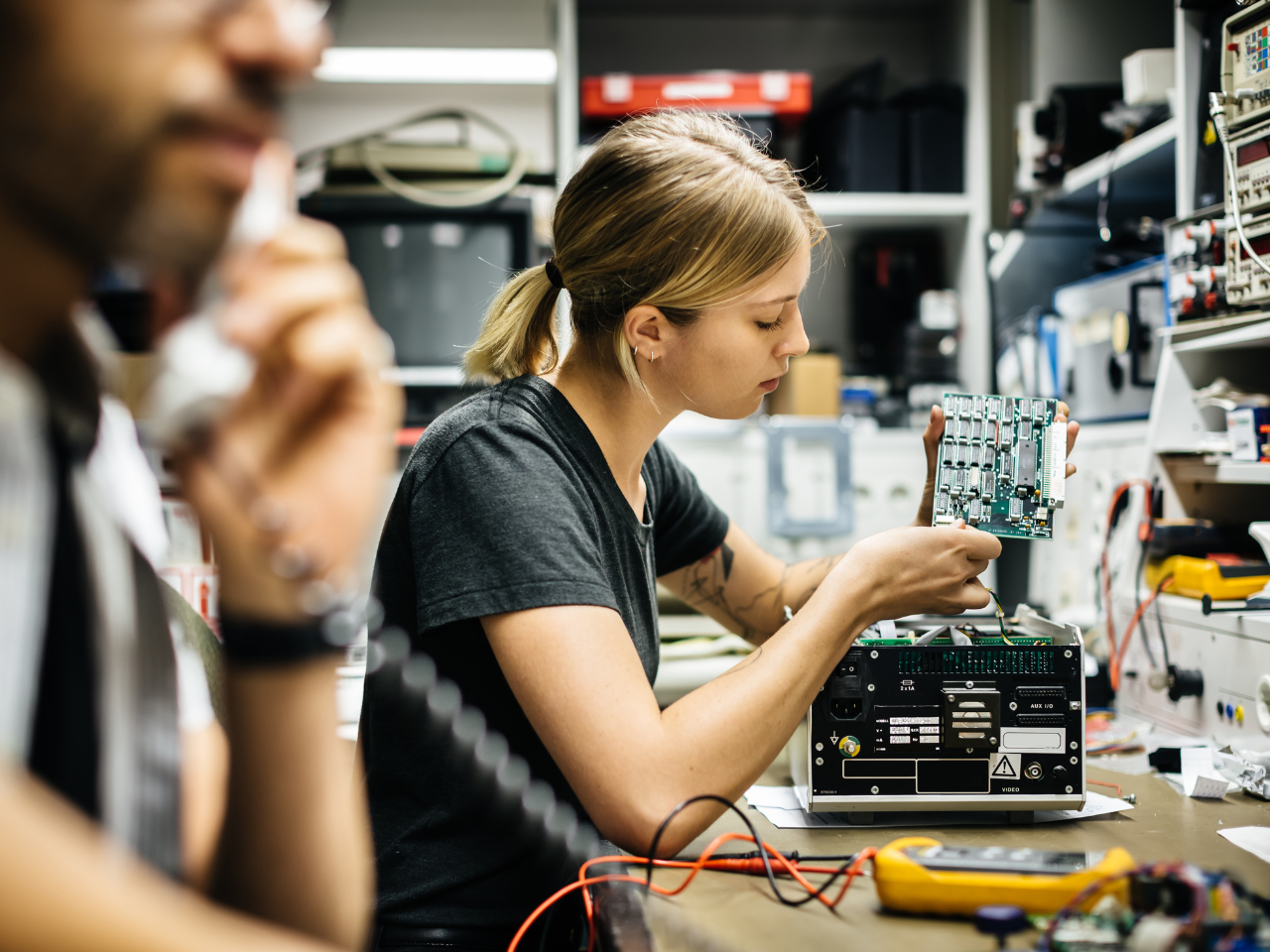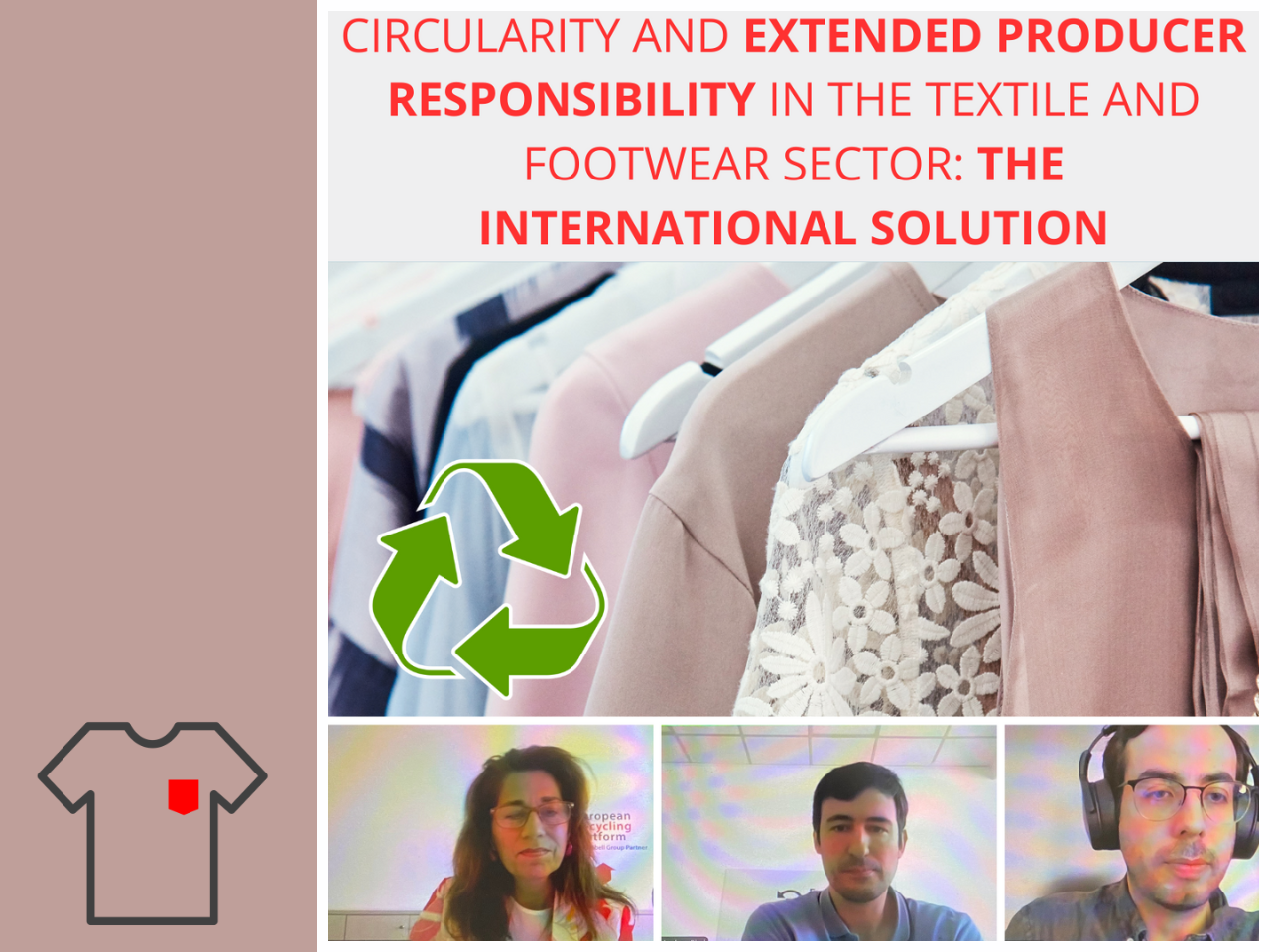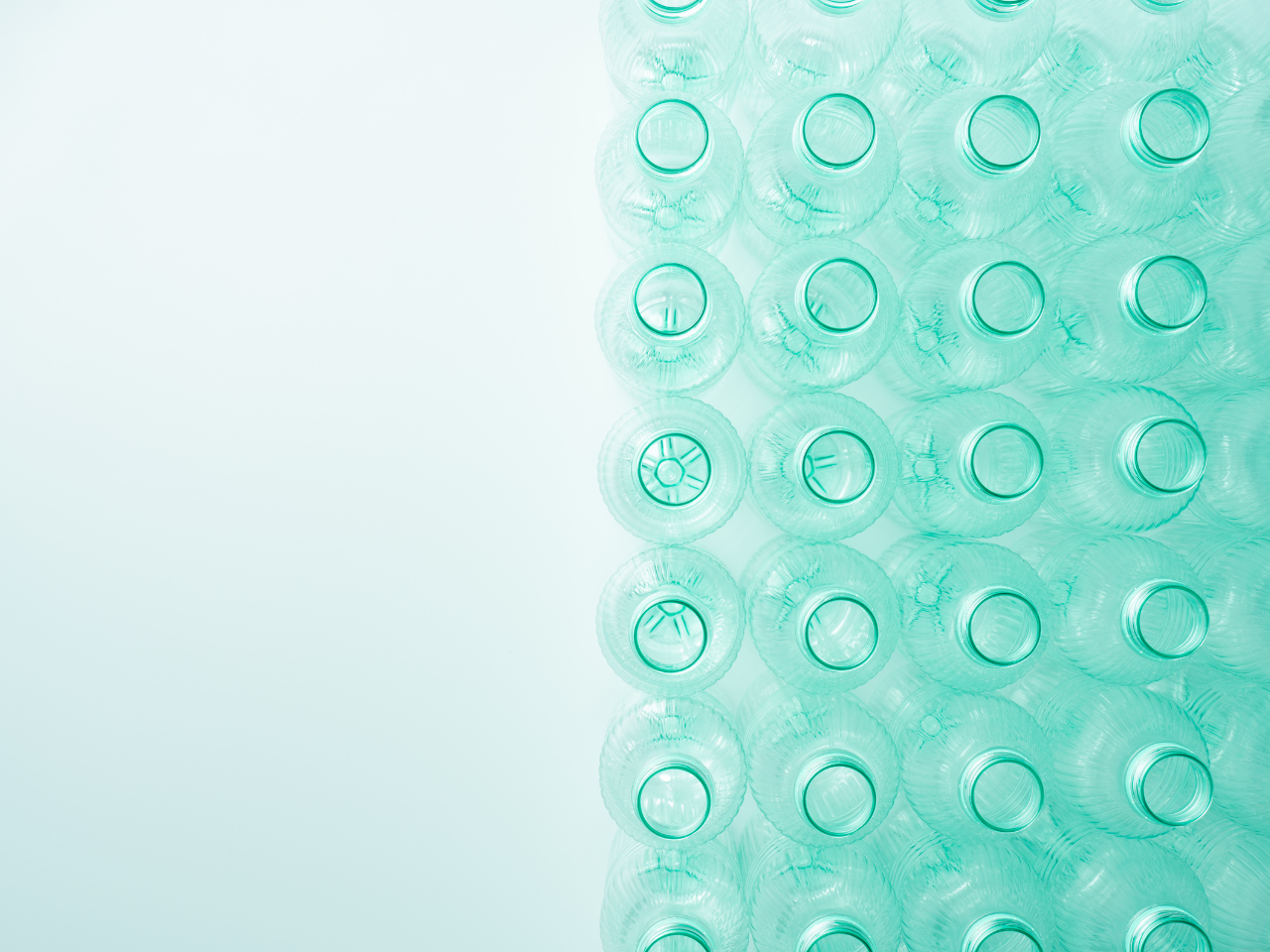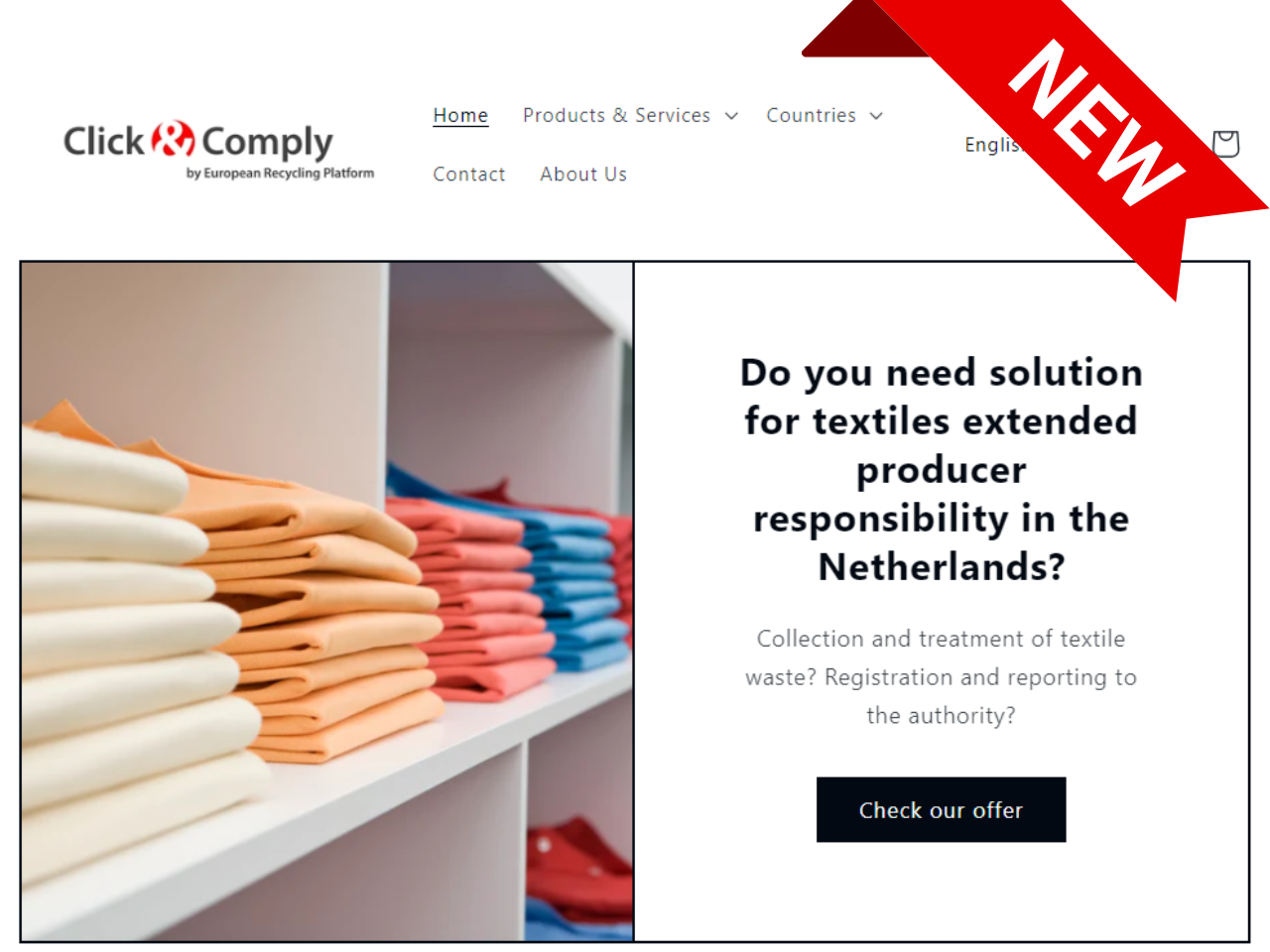How to design more sustainable products
The circular economy aims to reduce waste, decrease dependency on natural resources and produce a sustainable product. Repairability and recyclability are significant contributors to closing the loop for a circular economy.
People tend to change their electronic devices more frequently due to development in product innovation, which can create more e-waste.
Due to a lack of information, this e-waste is often disposed of incorrectly when much of it can be repaired.
However, people are sometimes unwilling to repair because of a lack of replacement parts, the cost of repairs or perceived difficulties dealing with manufacturer warranties. It is simpler and less expensive to replace the product.
Manufacturers face intense competition and must spend more money making better products in terms of design, functionality and price. This can lead them to disregard their products’ repairability and recyclability.
If the products have complicated designs, they can be challenging to repair. To make products look more attractive, a mix of materials is often used, making recyclability difficult.
Equipment with a low repairability and recyclability score often ends up partially incinerated, resulting in a loss of precious materials. In contrast, if the design was simpler, the extraction of these materials could be more accessible, giving them a second life.
In recent years, consumers have become more aware of the impact of e-waste on the environment and are demanding more sustainable products.
With more people questioning the sustainability of their products, manufacturers have now started assessing their products’ repairability and recyclability. Designers are more conscious of choosing recyclable materials and designing a product that consumers can easily repair.
Governments are also applying pressure by introducing various strategies for a green transition in consumer behaviour, such as the ‘right to repair’ and strict product design regulations.
Landbell Group offers comprehensive assessments of the ability of a given electronic product to be repaired, reused, upgraded or recycled. This independent and impartial analysis of the electronic product assesses its compliance with the EN 45554 and 45555 standards.
The repairability assessment includes product disassembly, sequence and depth reports and videos, tools to replace major parts and components, and recommendations for better design and easier repair, reuse and upgrade.
The recyclability assessment includes:
- an evaluation of theoretical recycling and recovery rates
- mass balance of the product with detailed information about fraction types
- evaluation of ease of depollution and known recycling issues
- verification of relevant marking, and
- recommendations to improve the recyclability of the original equipment manufacturer’s products
For more information, please get in contact here.
Sign up for our monthly
report COMPASS here:
Your email












